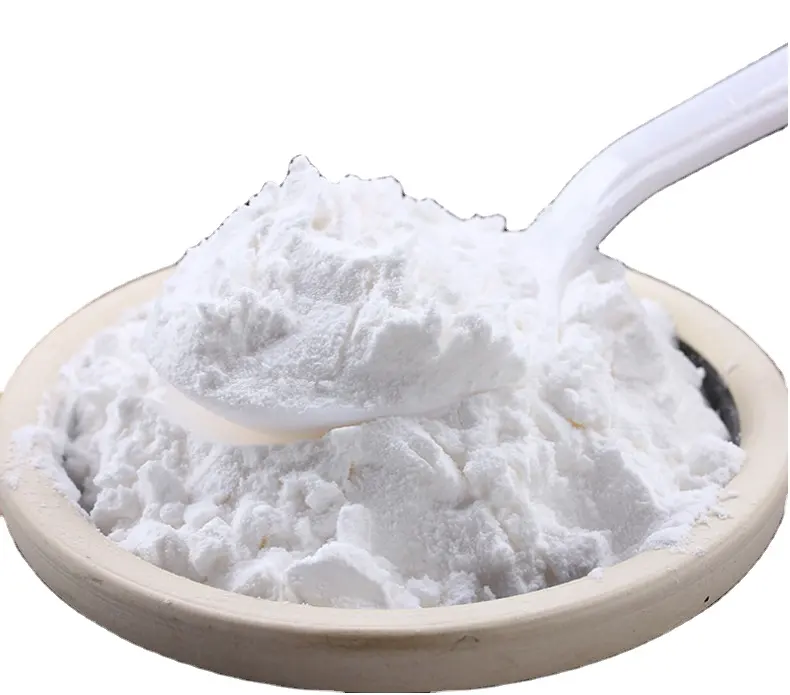Resistant Starch
Resistant Starch
Resistant starch is a type of starch that resists digestion in the small intestine and behaves like dietary fiber in the colon. It passes through the digestive system largely intact, providing various health benefits. Resistant starch can be found naturally in certain foods or produced through various processing techniques.
Product Description:
Resistant starch exists in different forms, each with distinct properties and characteristics. The various types of resistant starch include:
Type 1: Physically inaccessible starch found in whole or partially milled grains and seeds.
Type 2: Resistant starch formed when starchy foods, such as potatoes and green bananas, are cooked and then cooled. It forms as the starch retrogrades, becoming more resistant to digestion.
Type 3: Resistant starch that is formed through cooking and cooling of starchy foods, such as cooked and cooled rice or pasta. However, this type is also resistant to digestion even when reheated.
Type 4: Chemically modified resistant starch that is synthesized through processes such as enzymatic modification, heat treatment, or chemical derivatization.
Product Applications:

Nutritional Benefits: Resistant starch is often used as a functional ingredient in food products to enhance their nutritional profile. It can increase the fiber content, promote satiety, and support digestive health.
Bakery and Confectionery: Resistant starch can be incorporated into baked goods, including bread, cakes, cookies, and pastries, to increase fiber content and improve texture, moisture retention, and shelf life.
Snack Foods: Resistant starch can be utilized in the production of snack foods, such as chips and crisps, as a healthier alternative to traditional starches. It can provide a crispy texture while increasing the fiber content of the product.
Pasta and Noodles: Resistant starch can be added to pasta and noodle formulations to enhance their nutritional value, improve texture, and provide additional dietary fiber.
Dairy Products: Resistant starch can be used in the production of dairy products like yogurt, ice cream, and cheese to improve texture, stability, and increase fiber content.
Meat and Poultry Products: Resistant starch can be incorporated into processed meat and poultry products, such as sausages and burgers, as a functional ingredient to enhance texture, improve moisture retention, and increase fiber content.
Health Foods and Supplements: Resistant starch can be included in health foods, dietary supplements, and weight management products to promote satiety, support digestive health, and increase fiber intake.
Pet Food: Resistant starch can be used in the production of pet food to improve the nutritional value, increase fiber content, and support digestive health in animals.
Resistant starch offers various functional and nutritional benefits, making it a versatile ingredient in the food industry. Its applications span across a wide range of products, from bakery items and snacks to dairy products and pet food, providing both health benefits and improved product characteristics.








